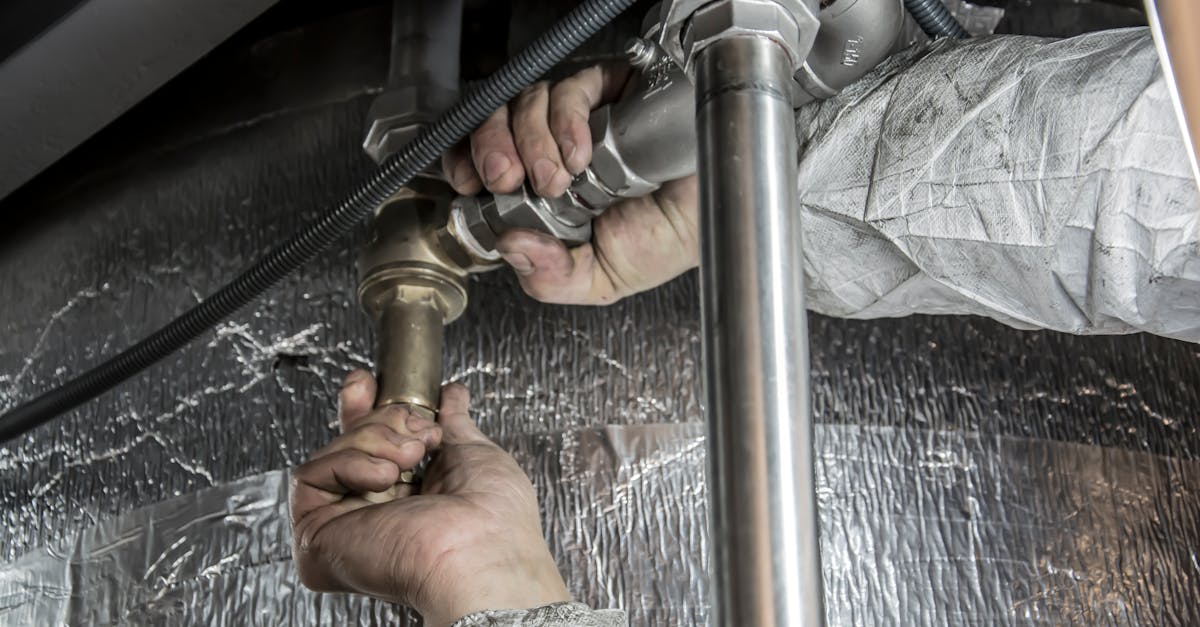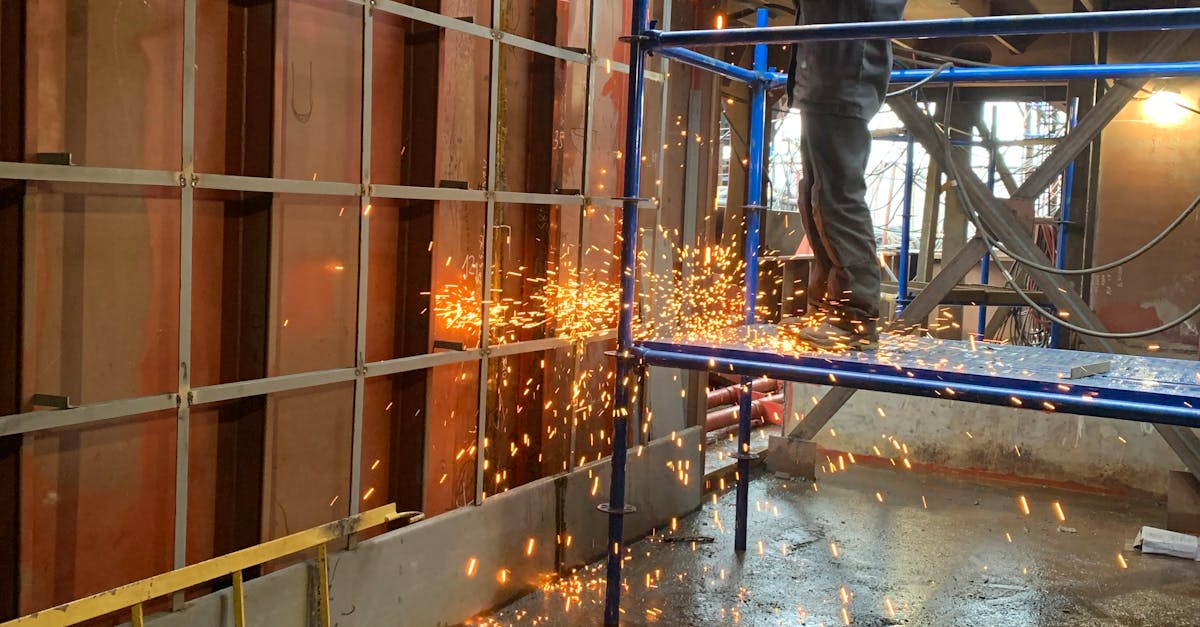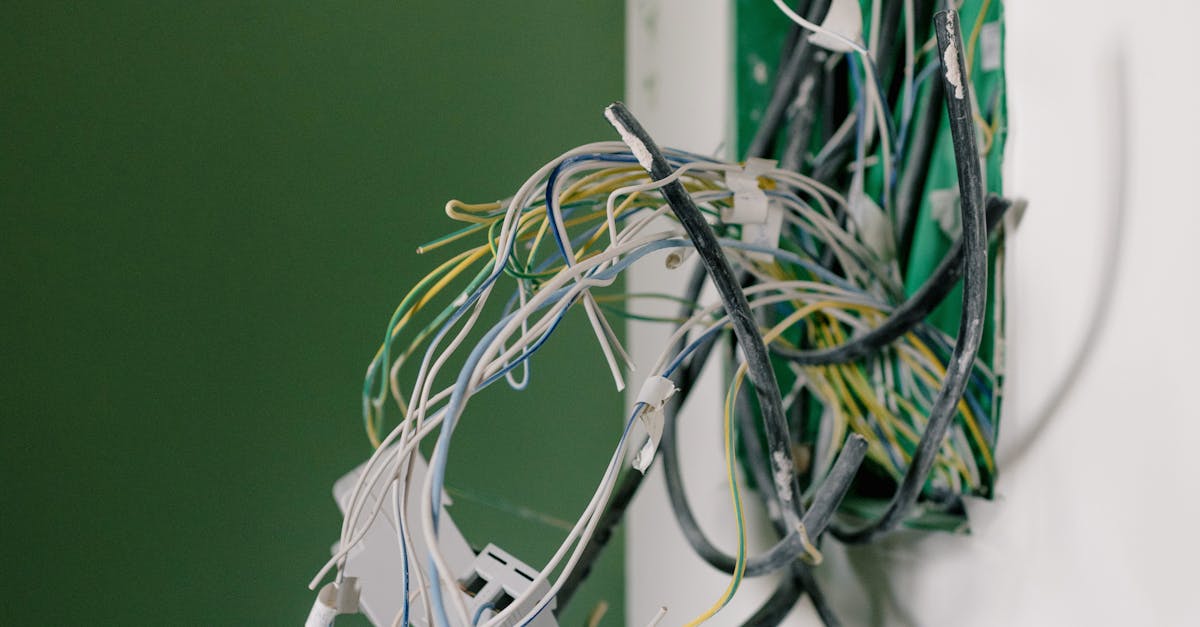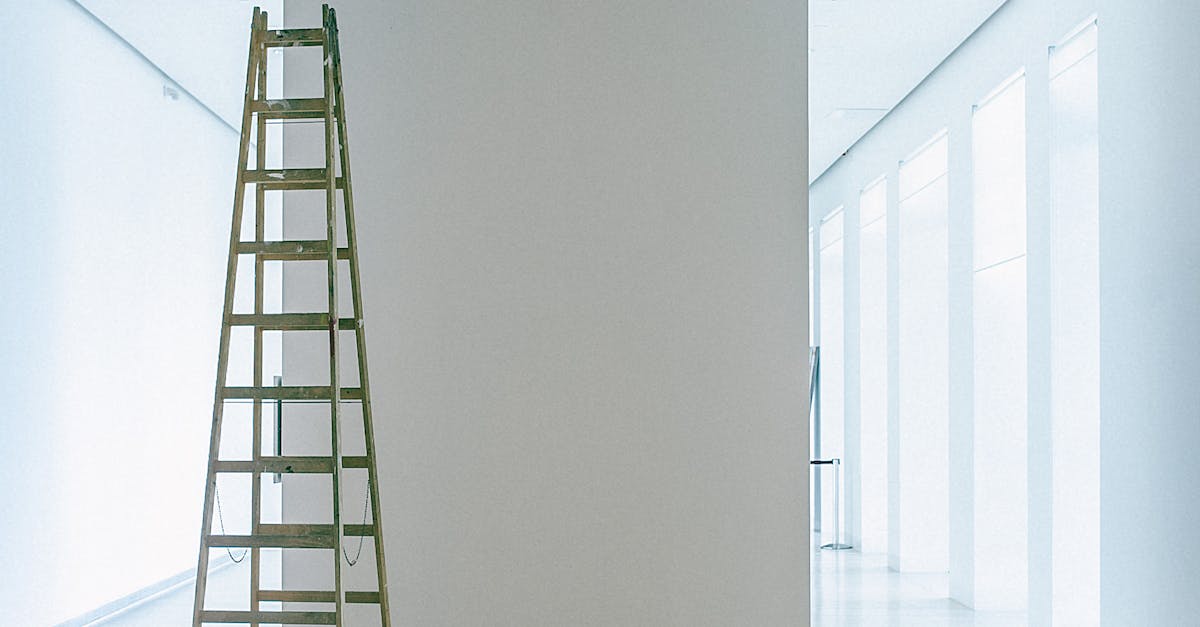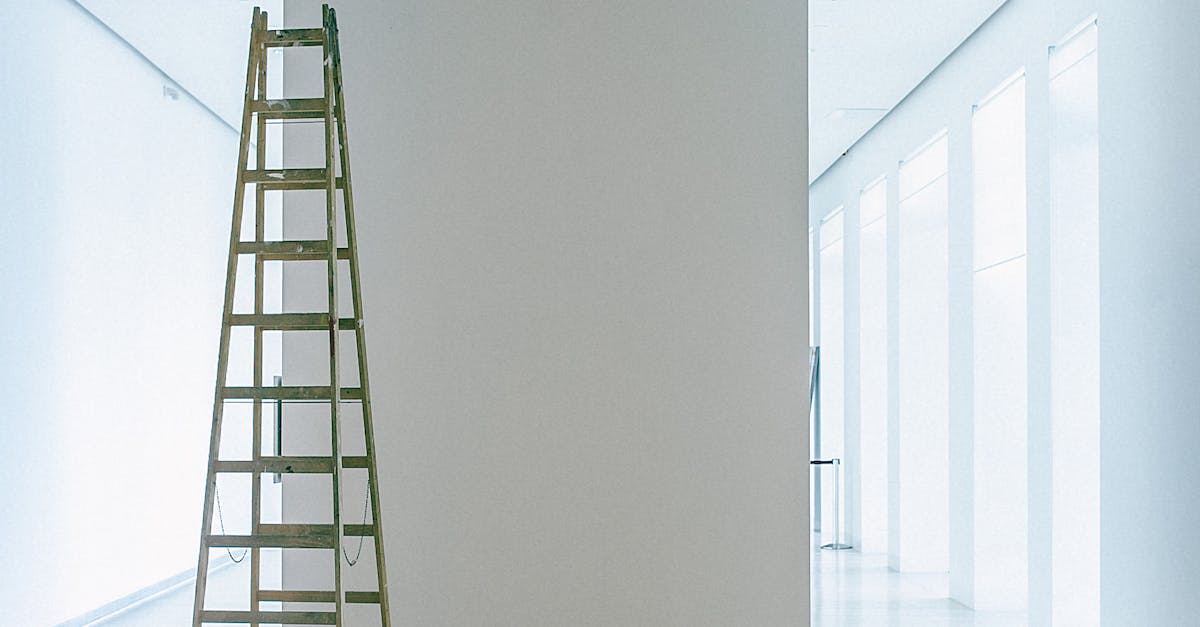
Table Of Contents
Lifting and Removing the Old Toilet
Lifting and removing an old toilet may seem like a daunting task, but with the right technique, it can be done efficiently. Before starting, gather all the necessary tools and materials such as gloves, a wrench, and a putty knife. Ensure the water supply to the toilet is turned off and the tank is emptied. To lift the toilet, bend your knees, keep your back straight, and lift with your legs to prevent any unnecessary strain.
Toilet installation and repair in Frankston, Victoria can sometimes be a messy job, so it's a good idea to have old towels or rags on hand to clean up any spills. Once the toilet is lifted, carefully place it on its side on a towel to avoid scratching the floor. Inspect the flange and drain for any damage or blockages that may have caused issues with the toilet. If needed, clean the area thoroughly before proceeding with the installation of a new wax ring.
Proper Lifting Techniques
When it comes to removing an old toilet, proper lifting techniques are essential to avoid injury and ensure a smooth process. Prior to lifting the toilet, it is necessary to empty the water from the bowl and tank. Using towels or a sponge, soak up any remaining water to prevent spills during the lifting process. Remember to bend at the knees, not at the waist, when lifting the toilet to prevent straining your back. Always lift with your legs, keeping your back straight and maintaining a firm grip on the toilet to prevent any accidents or mishaps.
Toilet installation and repair in Frankston, Victoria also involves the importance of having a clear path and ample space to move the old toilet without obstacles. It is recommended to have someone assist you in lifting the toilet, especially if it is heavy or awkward to handle alone. Before lifting, double-check that all nuts, bolts, and connections securing the toilet to the floor and plumbing have been removed or disconnected. By following proper lifting techniques and taking necessary precautions, the removal of an old toilet can be completed safely and efficiently.
Inspecting the Flange and Drain
Inspecting the flange and drain is a crucial step in the process of removing an old toilet. This part of the procedure ensures that the foundation for the new toilet is solid and free of any obstructions that could impede proper functioning. When performing this inspection, it is important to be thorough and meticulous to prevent issues down the line. Toilet installation and repair in Frankston, Victoria requires attention to detail in this aspect to guarantee a successful outcome.
Checking for damage or blockages in the flange and drain is vital in maintaining the integrity of the toilet system. Any signs of wear and tear or blockages must be addressed promptly to avoid future complications. By conducting a careful inspection during this stage, homeowners can identify potential problems early on and take the necessary corrective measures to ensure the smooth installation of a new toilet. Toilet installation and repair in Frankston, Victoria demand diligence and precision in examining the flange and drain to uphold the functionality of the plumbing system.
Checking for Damage or Blockages
Inspect the flange and drain for any signs of damage or blockages. Damage to the flange can cause leaks and instability when installing the new toilet. Look for cracks, corrosion, or any other forms of wear and tear that may need to be addressed before proceeding with the installation. Additionally, check the drain for any blockages that could impede proper function of the new toilet. Clear any debris or obstructions to ensure optimal performance.
Toilet installation and repair in Frankston, Victoria requires attention to detail when checking for damage or blockages. Neglecting this crucial step could result in future issues with the toilet's functionality. By thoroughly inspecting the flange and drain for any potential problems, you can proactively address issues and ensure a smooth installation process. Take the time to address any damage or blockages before proceeding to the next steps of installing a new toilet.
Installing a New Wax Ring
Installing a new wax ring is a crucial step when replacing an old toilet. This ring creates a watertight seal between the toilet base and the flange, preventing leaks and ensuring proper functioning. Begin by carefully removing the old wax ring from the toilet flange and the toilet base. Make sure to clean any residue left behind to create a clean surface for the new wax ring to adhere to. It's essential to position the new wax ring properly. Ensuring that it is centered and aligned with the flange will guarantee a secure and leak-free seal. Once the wax ring is in place, lower the toilet back onto the flange, pressing down firmly to secure the seal.
Toilet installation and repair in Frankston, Victoria require attention to detail, and the installation of a new wax ring is no exception. To complete the process, bolt the toilet back to the floor, making sure it is level and stable. Tighten the bolts evenly to avoid any stress on the toilet base that could lead to leaks in the future. After securing the toilet in place, test it by flushing and checking for any leaks around the base. Proper installation of the wax ring is essential for the long-term performance of your toilet and preventing water damage to your bathroom floor.
Properly Sealing the Toilet Base
When it comes to properly sealing the toilet base during a replacement project, ensuring a tight and secure seal is essential. After placing the new wax ring on the flange, carefully lower the toilet onto the ring, making sure it aligns correctly over the bolts. Apply even pressure while pressing down on the toilet to allow the wax ring to form a solid seal between the base of the toilet and the flange. This step is crucial for preventing leaks and water damage around the base of the toilet.
Toilet installation and repair in Frankston, Victoria requires attention to detail when sealing the toilet base. Once the toilet is in place, securely fasten the nuts onto the bolts and evenly tighten them. Avoid overtightening, as this can damage the toilet or the flange. After securing the toilet in place, apply a bead of silicone caulk around the base to provide an additional layer of protection against leaks. Smooth out the caulk for a clean finish that enhances the seal's effectiveness.
FAQS
How do I safely lift and remove an old toilet?
To safely lift and remove an old toilet, start by turning off the water supply, draining the tank and bowl, and disconnecting the water supply line. Use proper lifting techniques by bending at the knees and lifting with your legs, not your back.
Why is it important to inspect the flange and drain before installing a new toilet?
It is important to inspect the flange and drain before installing a new toilet to ensure they are in good condition and free of any damage or blockages that could cause leaks or other issues with the new toilet.
What should I look for when checking the flange and drain for damage or blockages?
When checking the flange and drain for damage or blockages, look for cracks, corrosion, or obstructions that could prevent a proper seal with the new toilet. Make any necessary repairs or cleaning before proceeding with the installation.
How do I properly install a new wax ring when replacing an old toilet?
To properly install a new wax ring when replacing an old toilet, place the wax ring on the flange, ensuring a tight seal. Carefully lower the new toilet onto the flange, pressing down to secure the wax ring and create a watertight seal.
What is the importance of properly sealing the toilet base when installing a new toilet?
Properly sealing the toilet base when installing a new toilet is crucial to prevent leaks and water damage. Ensure the toilet is securely fastened to the flange and floor, and use a new wax ring and proper caulking to create a tight seal.
